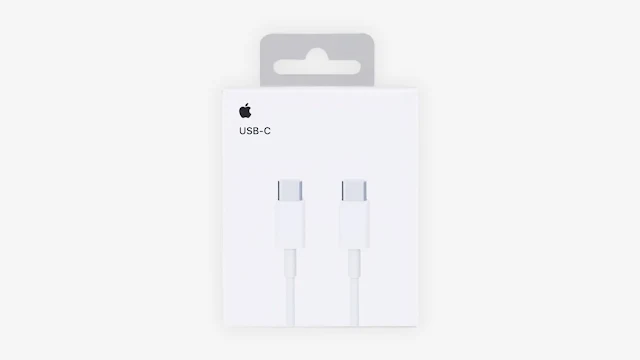Apple is on the cusp of a significant paradigm shift with its highly anticipated iPhone 15 series, driven by a compelling factor – the adoption of the USB-C standard. This transformation comes not merely as a voluntary choice but is largely a result of an influential European Union mandate that pushes for standardized charging solutions across the tech industry. The ramifications of this strategic move are widespread and are expected to reshape the landscape of Apple's hardware and user experience in several ways.
At its core, transitioning to USB-C heralds a future where iPhones will offer universal charging compatibility, a feature welcomed by a vast majority of users who have grappled with juggling different cable types for various devices. USB-C is renowned for its versatility, capable of delivering power, transferring data, and even facilitating video output, all through a single, universally accepted port.
Furthermore, USB-C's swifter data transfer capabilities promise to elevate the iPhone's file-sharing and backup processes to new levels of efficiency. The adoption of USB-C aligns Apple more closely with the Android ecosystem, enhancing interoperability between the two major mobile platforms.
While the move is lauded for its forward-thinking approach and customer-centric benefits, it's not without its challenges. One prominent obstacle Apple faces is the potential revenue loss stemming from accessory makers who have long relied on the proprietary Lightning connector for their products. With USB-C as the new standard, these companies may need to retool and adapt, and the licensing fees Apple traditionally collected may see a decline.
Moreover, this transition demands a comprehensive realignment of Apple's internal resources. It encompasses both hardware and software aspects, requiring engineers to design iPhones with the new USB-C port while developers work to ensure a seamless user experience during the transition. These substantial changes, coupled with Apple's renowned dedication to detail and quality, make it a complex undertaking.
The transformation also ushers in increased competition in the smartphone market. While Android devices have already embraced USB-C, Apple's integration could sharpen the competitive edge of Android phones and further entice users who value USB-C's flexibility and the array of compatible accessories and peripherals it unlocks.
However, with this significant leap forward, there's a looming concern that cannot be underestimated – customer satisfaction. Users with extensive investments in Apple's ecosystem of Lightning-compatible cables, adapters, and accessories might face disruptions. The sudden incompatibility of their existing gear with the new iPhones could lead to frustration and disappointment. Moreover, it is likely that many users will need to invest in new charging bricks, adapters, and cables, incurring additional costs in the process.
This imminent shift to USB-C marks a momentous change for Apple and its users. It demonstrates the company's willingness to adapt and comply with industry standards, but it also highlights the intricate challenges and considerations involved in such a transition. The impact of this move will only fully unfold as the iPhone 15 series hits the market and users experience firsthand the advantages and disruptions it brings.



These companies have been recently changing their products due to 'EU Regulations'
ReplyDelete